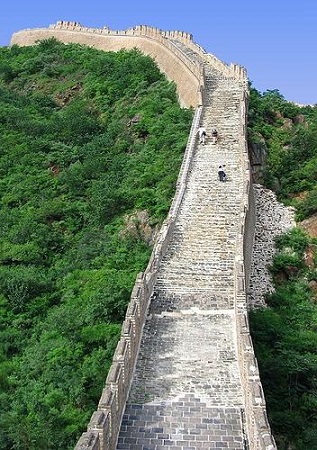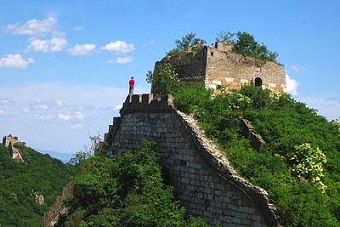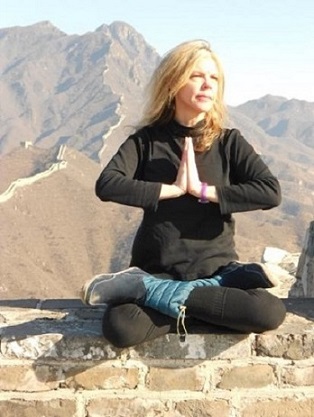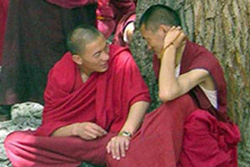
Explore! Beijing: Huanghua Great Wall of China
Huanghua is well off the usual tourist route and represents a fine example of the un-restored Great Wall of China. Built in the Ming Dynasty (1368-1644), Huanghua (Yellow Flower in Chinese) has a colorful history to match its name.
When summer comes, the entire village under the Huanghua Great Wall is immersed in a sea of yellow wild flowers, hence the name.
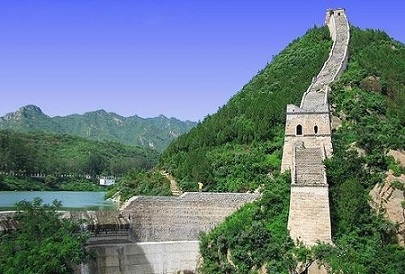
On a cliff by the Huanghua Great Wall are two big Chinese characters 'jin tang' which means being very firm and strong. There is a legend about the origin of these characters.
In the Ming Dynasty, the Emperor ordered a general named Cai Kai to build the Great Wall here. But it took many years to accomplish the construction. The slow pace of construction angered the Emperor greatly. At the same time, a treacherous official falsely reported that Cai Kai had spent too much money in building Huanghua and that the work was shoddy. As a result, Cai Kai was called before the Emperor and beheaded.
Later, the Emperor asked his ministers to check the construction. They found that Huanghua Great Wall was well built, strongly fortified and extremely steep. The Emperor realized that he had treated Cai Kai unjustly and ordered craftsman to carve these two Chinese characters.
Today, Huanghua Great Wall is also called the Jintang Great Wall; the lake under it is Jintang Lake.
Birding opportunities at Huanghua are vast, considering the surrounding cover. On past visits, the calls of Chinese Hill Warbler and Pere Davidís Laughingthrush were frequently heard and the occasional Red-billed Blue Magpie seen. Kestrels and other birds of prey frequent the area.
Many portions are quite steep, with some approaching 75 degrees. Footing can be treacherous in spots. Be sure to wear sturdy hiking boots and bring a knapsack with some food and plenty of water. A broad brimmed hat, sunglasses and sunscreen are a must.
We will be well above Beijing in altitude. The weather at Huanghua is unpredictable. It can be sunny one hour and raining or snowing the next. It is generally windy and cool, but can be scorching under mid-day sun, due to reflection from the stone.
|

